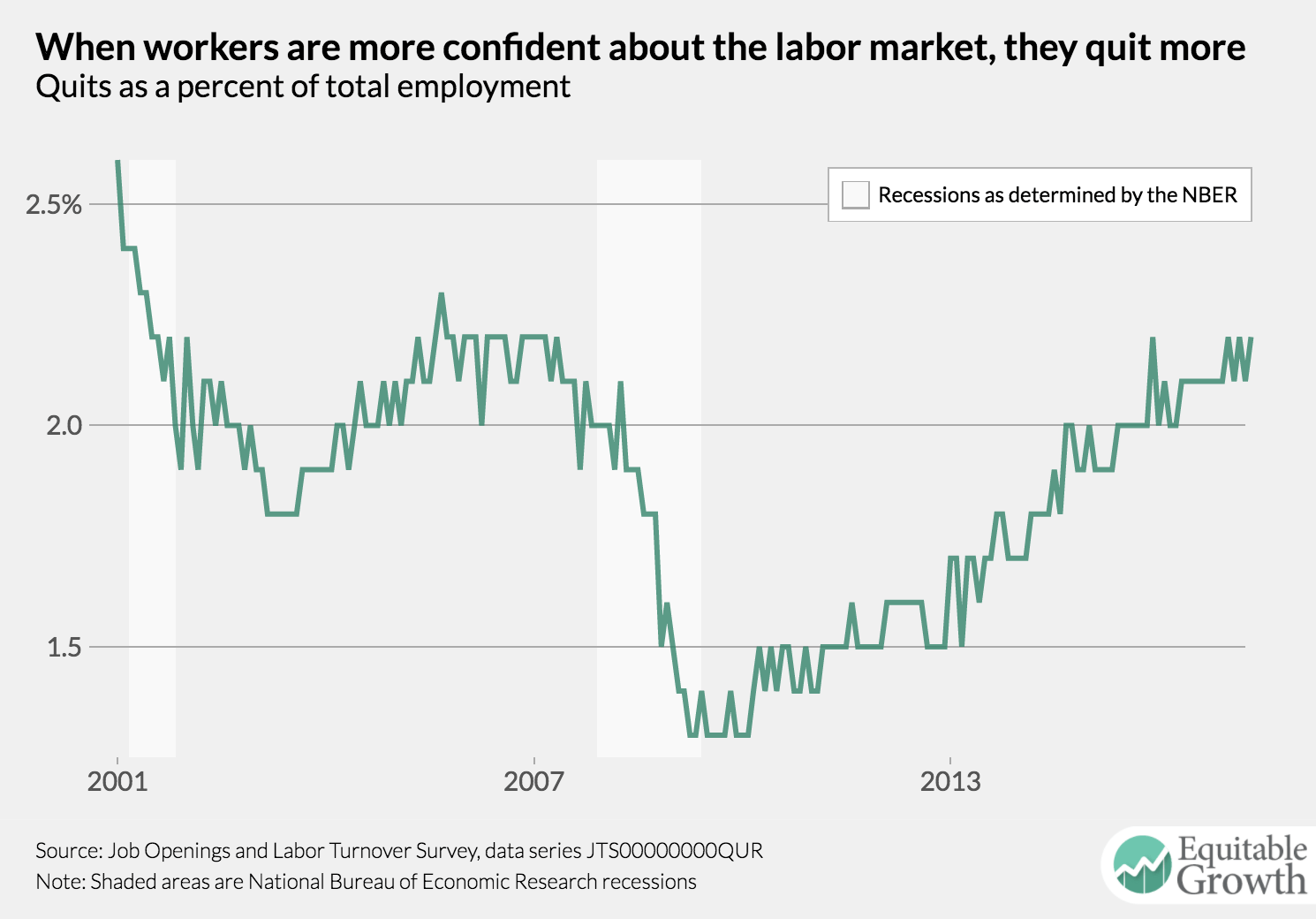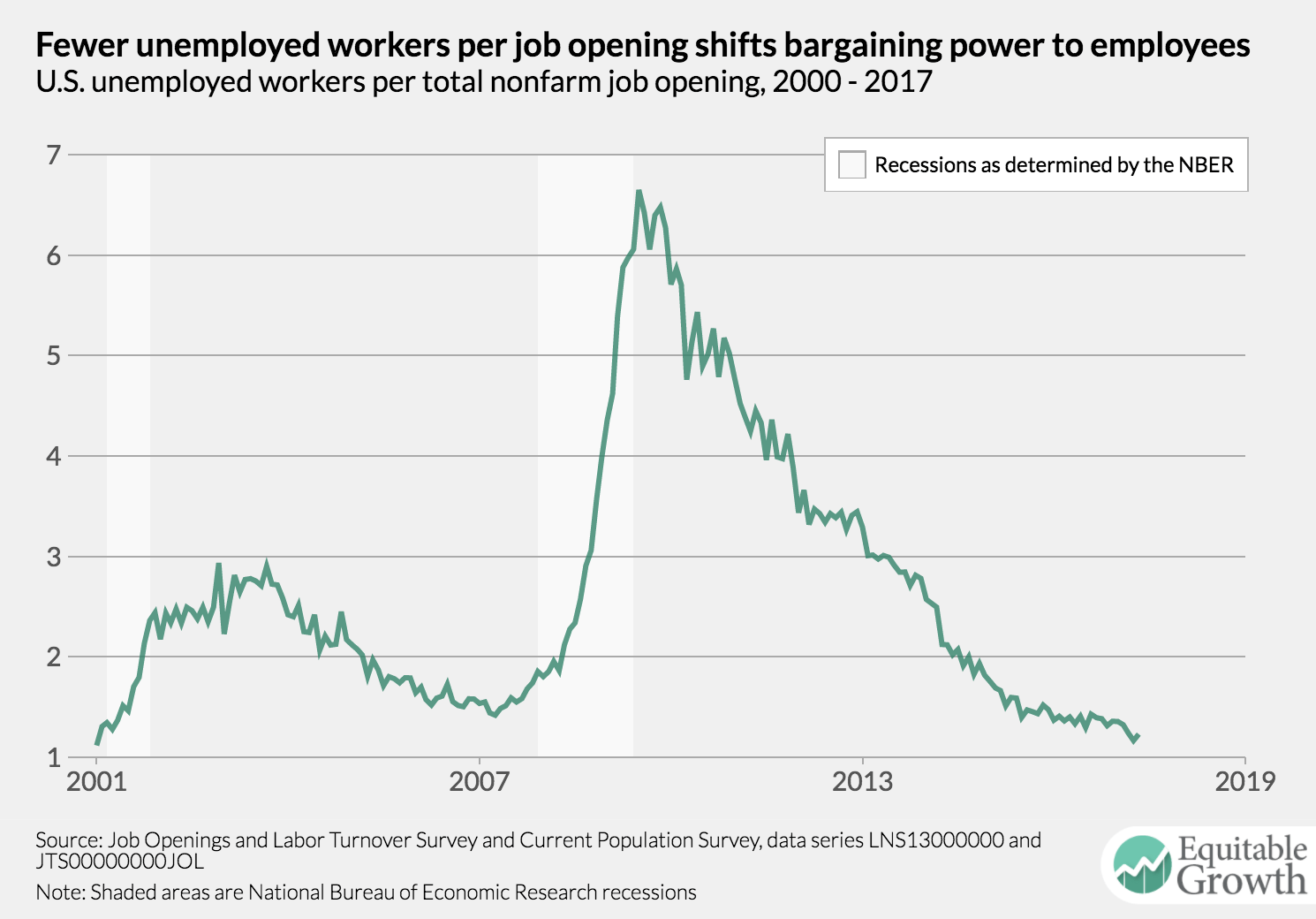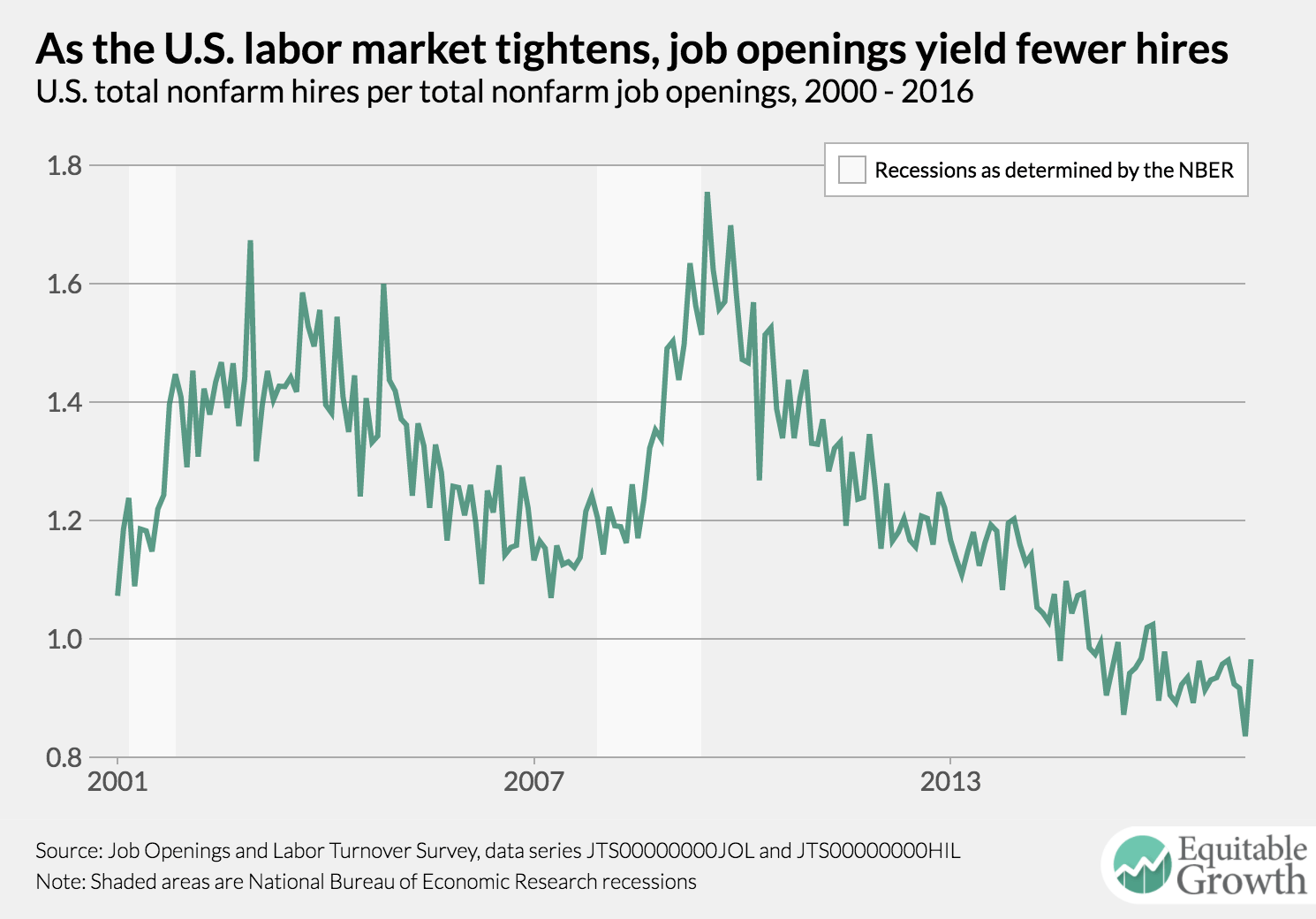What is “equitable growth” and how do we measure it? The following essay, part of a series, asks economists, other researchers, and practitioners to explore these questions. Equitable growth means an economy that raises living standards for all families. We have seen decades of economic growth in the U.S.—commonly measured by GDP. Yet that success has not meant significant income growth for most American families. Clearly GDP doesn’t provide the full picture. How do we know we’re on the right track? There is little consensus around what specific of indicators are required to quantify whether the economy is growing on behalf of all Americans. Is it a matter of looking at different already existing measures? Should new data using existing concepts of income and well-being be created? Do our concepts of what’s important to measure need updating as well? A better understanding of equitable growth—and how to measure it—can improve our understanding, inform decisions and lead to better outcomes for all.
There has long been interest in extending and improving the National Income and Product Accounts, or NIPA, to turn it into a better indicator of general economic welfare and its progress. The accounts, and the summary Gross Domestic Product number, were not initially intended as an indicator of welfare, but rather as a measure of economic activity—even misdirected activity such as the production of cigarettes. Even on that basis, there is room for improvement: Perhaps the most commonly suggested extension has been the explicit inclusion of environmental degradation and improvement, along with other instances of resource depletion. I would certainly be in favor.
Nevertheless, I want to begin with a retrograde suggestion. Whatever is eventually done with NIPA and GDP, I hope it is done in such a way that it will always be possible easily to extract from the new NIPA most of the components of the old NIPA. (It will not be possible to extend the new NIPA back in time very far because the basic data will never have been collected.) For those of us who want to go beyond measurement to understand macroeconomic behavior and policy, having a fairly consistent quarterly time series going back to 1949 is a wonderful thing. Even with those data, it is a hard problem—without them, it would be hopeless. Another 65 years of compatible data would be more than welcome.
From the very beginning of national accounting, it has been understood that the focus on gross investment and gross product is a standing temptation to error. If GDP increases from one year to the next only because there is a bigger charge for depreciation of fixed capital, it is obvious that nothing has really gotten better. Taking account of depreciation to yield net product—and correspondingly net national income—would provide a better measure of productive economic activity. The prominence given to gross investment and GDP derived from the realization that measures of depreciation taken from business accounts would be not only inaccurate but also biased in odd ways. The practice of depreciation accounting was too badly infected by tax incentives and cosmetic considerations; it was thought better to sidestep the resulting not-even-random errors.
I am told that the situation has not improved, so my second suggestion would be to devote more resources to the improvement of depreciation (and depletion) accounting. If we could move in the future to a focus on net output and net income, NIPA would be a small step closer to providing better elementary building blocks for the measurement of welfare and its changes through time.
These suggestions amount only to shifting or not shifting deck chairs. A useful and substantial extension of the standard statistical picture of the economy would be the regular publication of distributional information. I would want to go well beyond the familiar Gini coefficient, which hides more than it reveals. For starters, I would urge the regular calculation of the distribution of personal income by size, say by income deciles. (The usual quintile distribution is a lot better than nothing but still too rough.) It would be very informative to have such distributions for both market incomes—before taxes and transfers, and after taxes and transfers. It would be especially nice if regular official publications could familiarize the interested public with the Lorenz curve, which is probably the best graphic way of grasping shifts in inequality. The choice between quarterly and annual publication is a trade-off. A year is a long time to wait for news if you care about changes in income inequality, but for an individual or group of individuals, shifts in the interquarterly timing of income may be essentially meaningless. Only experience will clarify the pros and cons.
It would also be useful, in a different way, to have a serious accounting of the assets and liabilities of the public sector at all levels of government. Governments own land, buildings, vehicles, and other equipment. They invest in these objects and undergo depreciation. Even if we do not adequately measure their contribution to output, we should at least take account of their existence. It is a familiar plaint that infrastructure in the United States—bridges, roads, port facilities—is badly decayed and in need of repair and replacement. Regular measurement might lead to more rational decision-making.
There is another, more speculative reason to want better wealth accounting in the public sector. A common cause for alarm these days is the threatened advance of the robots and the possibility that human labor may become all but obsolete. If the threat is real—who knows?—one significant policy response might be the establishment of large sovereign wealth funds that would indirectly own some of those hypothetical robots, and thus provide a source of income to replace the missing wages and salaries. It would then be an advantage to have a tradition of accounting for public-owned wealth and its productivity.
It hardly needs to be added that better and more complete tracking of the distribution of private wealth would also contribute to our understanding of economic welfare. A lot has been accomplished by a group of scholars making use of tax data here and elsewhere. The tax files necessarily miss quite a lot of private wealth, and even apart from that, the development of further sources of information could provide a much-needed check on information and disinformation gleaned from tax returns. Both measurement and understanding would be improved.
Finally, sticking close to familiar economic indicators, I would urge a major effort to collect more longitudinal data, especially on employment status, earnings, and income. Of course, many scholars have used the Panel Survey of Income Dynamics and other surveys for this purpose. I am hoping for a larger, more systematically designed effort aimed specifically at producing the transition frequencies that could serve as the basis for an understanding of the random process that generates lifetime incomes.
(Personal history: When I was writing my Ph.D. thesis in 1949, I came upon transition matrices for covered earnings that the Social Security Administration had compiled for three or four years in the late 1930s. They made the basis for an excellent chapter. Coverage is much broader now, so there’s the possibility for a fresh start with large enough numbers to take account of age and other personal characteristics.)
It is obvious that my wish list has steered away from other vital indicators of social and economic welfare that have often been proposed. I have not mentioned such important issues as health status, access to education and training, exposure to crime, and subjective feelings of security in general. All of these and others are part of a complete picture of average well-being and its distribution in society. I have omitted them not out of abject ignorance or indifference, but out of respect for the principle of comparative advantage.
—Robert Solow is a Nobel Laureate and professor emeritus at the Massachusetts Institute of Technology.





